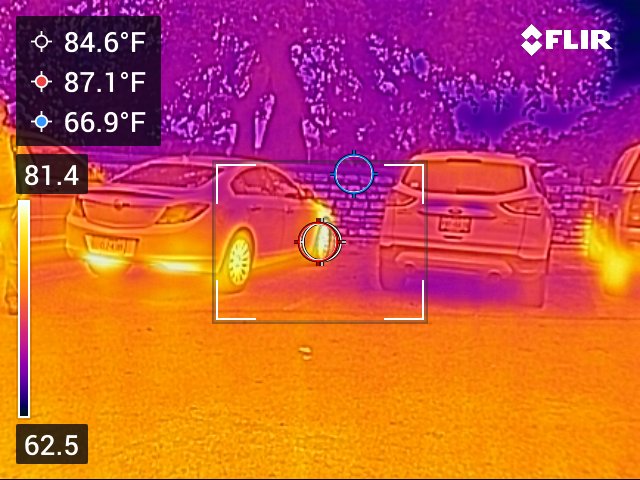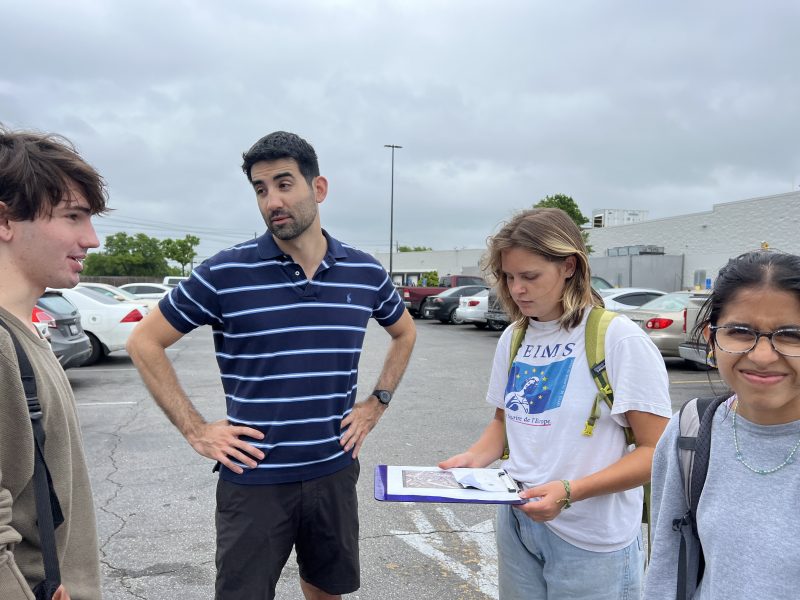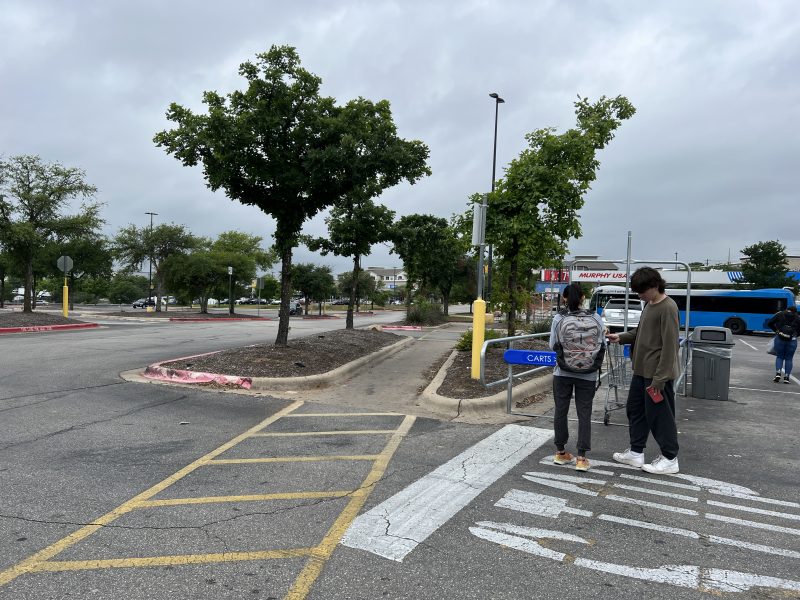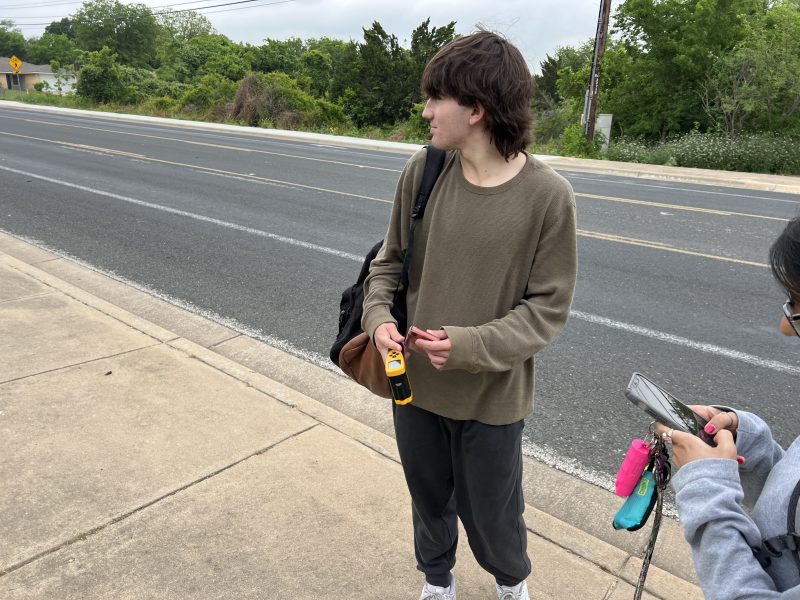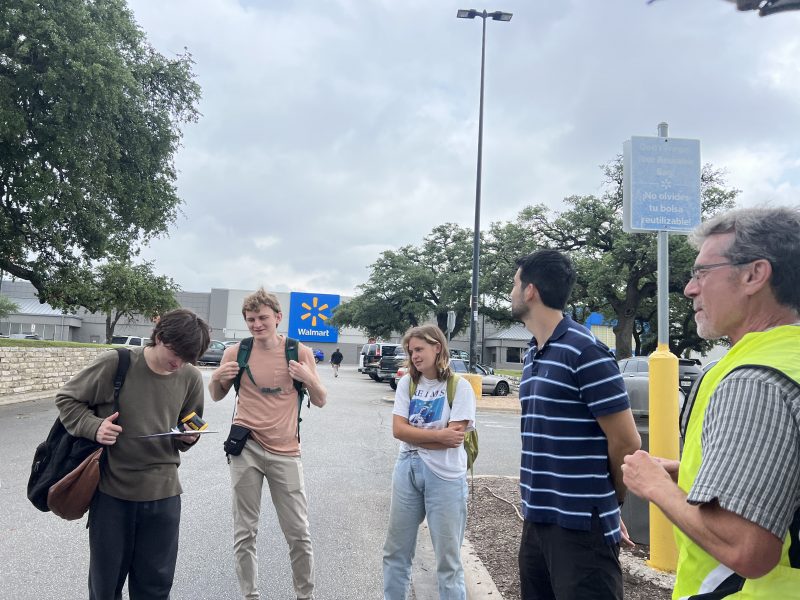Urban Heat Island Effect
Students received an informative lecture from Marc Coudert, the Climate Resilience and Adaptation Manager for the City of Austin. Coudert works to include climate change in conversations concerning urban planning in order to create resilient Austin planning. A project he is currently working on is the Heat Sensing Project — led by UT, Go Austin/Vamos Austin (GAVA), and the City of Austin — which seeks to observe where heat is concentrated most in urban areas due to a phenomenon known as the Urban Heat Island Effect. The Urban Heat Island Effect describes the concentration of heat in urban areas, such as cities, due to the increased amount of impervious cover. Impervious cover describes a surface that does not absorb water, such as cement. These surfaces absorb heat during the day and slowly release it at night, therefore slowing natural cooling processes and increasing the overall temperature of a city. This effect can cause certain heat-related illnesses in citizens, and as Coudert has observed, has a disproportionate impact on areas labeled heat-vulnerable. To fix this, Coudert has asked residents of heat vulnerable areas what they feel would help them cope with the intense heat in their areas — together, they decided that the issue of inadequate shade at bus stations would help residents in the area stay safe from heat exhaustion.
Students split up into four groups in order to study heat concentrations in urban areas- 1A, 1B, 2A, and 2B. Group 1A went to the Arboretum, 1B to Whole Foods, 2A to La Michoacana Meat Market, and 2B to Walmart. Each group visited the sites with a thermal imaging camera and a temperature gun. Using these tools, students observed which areas generally absorbed the most heat. Groups found that impervious cover, such as the black asphalt covering the parking lot, absorbed the most heat, and natural surfaces, such as soil, were coolest. Due to the large amount of impervious cover in most cities, it is a reasonable inference to assume that impervious cover plays a very large factor in the Urban Heat Island Effect. Pictured with the group of students and Dr. Banner is Dr. Kevin Lanza. Dr. Lanza is an Assistant Professor at UTHealth School of Public Health and the current leader of the Culture of Health Leaders organization, which serves to improve health equity. He is interested in reducing race, ethnicity, and class-based health inequities as global warming threatens to make them worse.
